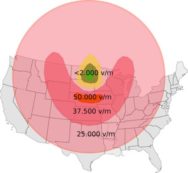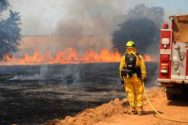
Luxury Volkner Motorhome
The Volkner mobil performance s is the future of road living. The 40ft luxury motorhome comes with all of the mod-cons you could possibly wish for. However
you may need deep pockets to purchase one. There is no doubt that this mobile home has the super wealthy in mind. With a price tag of $1.7million (£1.2million) it is out of reach for most people, but it never hurt to dream.
The Performance S also offers a fully-equipped kitchen, sleeping quarters, wooden and leather fittings, state-of-the-art entertainment, and a wall that slides out to provide extra space.
Stephanie Volkner, director of German firm Volkner Mobil, says one of the greatest features that shows off the home’s lavishness is a cooking island, something that cannot be found inside most of the motorhome’s competitors. Going on to say “It is a house on wheels”.
- The made-to-order machines take around 12 months to build.
Customers can choose from a range of fixtures and fittings to customise their motor homes to their preferences. With high-quality leather seats to real wood units and stone tiles in the kitchen and bathroom on offer. It even includes a supercar garage fitted with a electrohydraulic lift. So, if you happen to own a Ferrari, Porsche, BMW or Mercedes, You can bring it with you on your travels.
Volkner also says ‘Our clients normally have big companies. They want to travel freely.
‘They want to decide when they start their journey, where they can go, not before. ‘They look at the weather and start. They want to live in their own, very personal area. Exclusive is for everybody very different. Some need a golden faucet to be exclusive.
‘For me, it’s exclusive that the interior has harmony and all the materials are of the highest quality and their processing is at the highest level.’
Would you buy one if you had the cash ?
Find more luxury mobile homes here: https://www.billionaire.com/luxury-mobile-homes/1659/the-best-luxury-mobile-homes-
Looking for a cheaper alternative? Read: https://off-grid.net/mobile-homesteading/…



